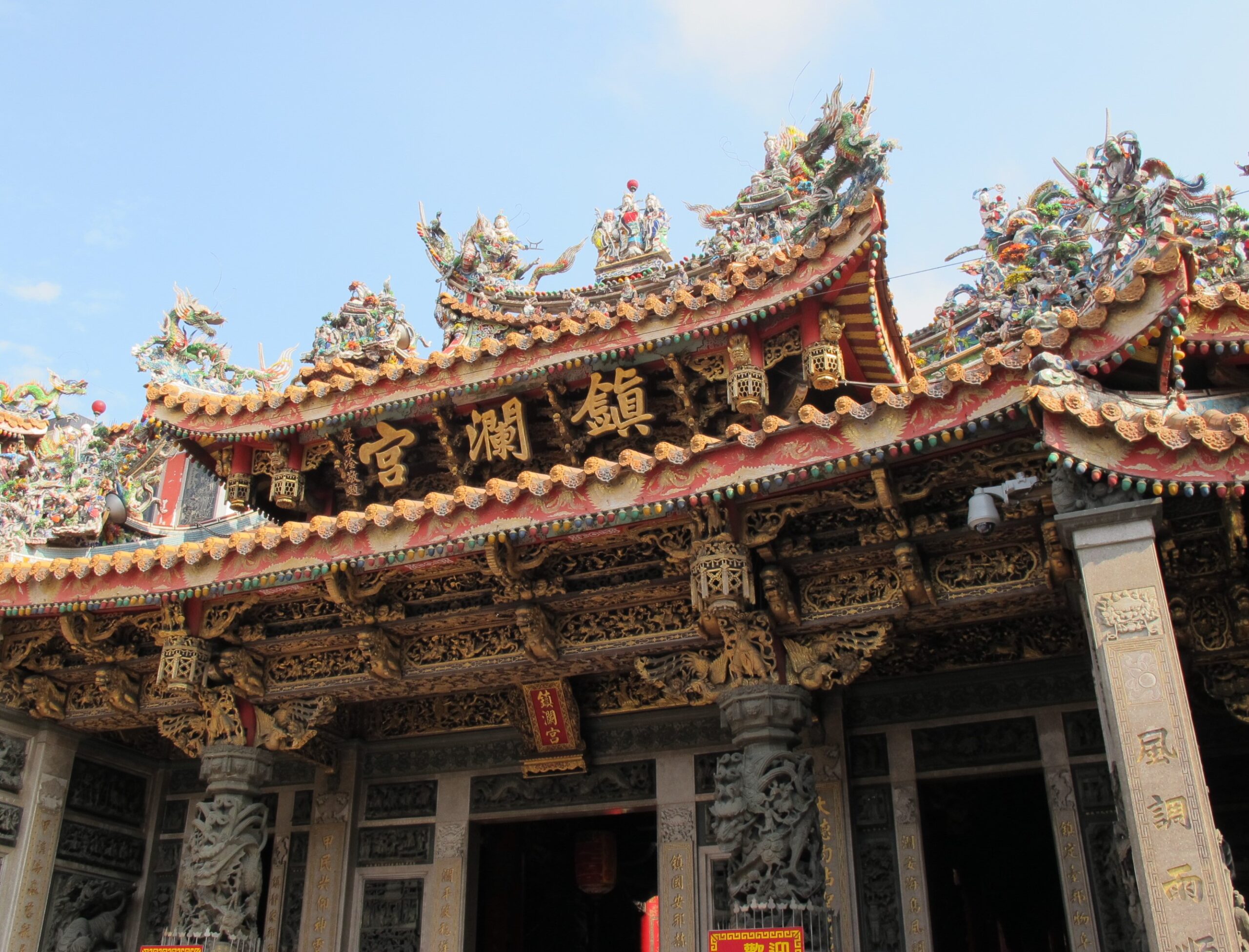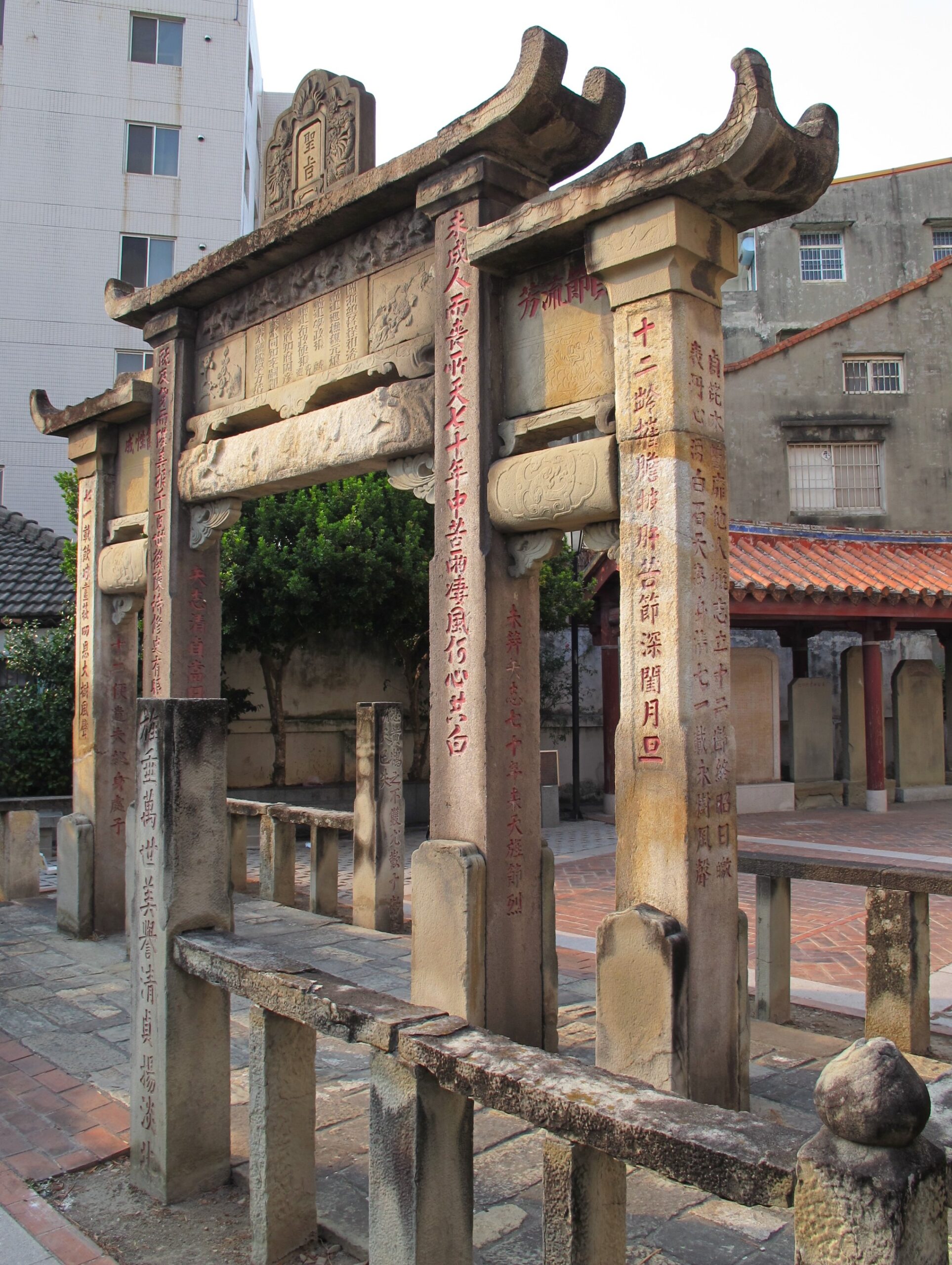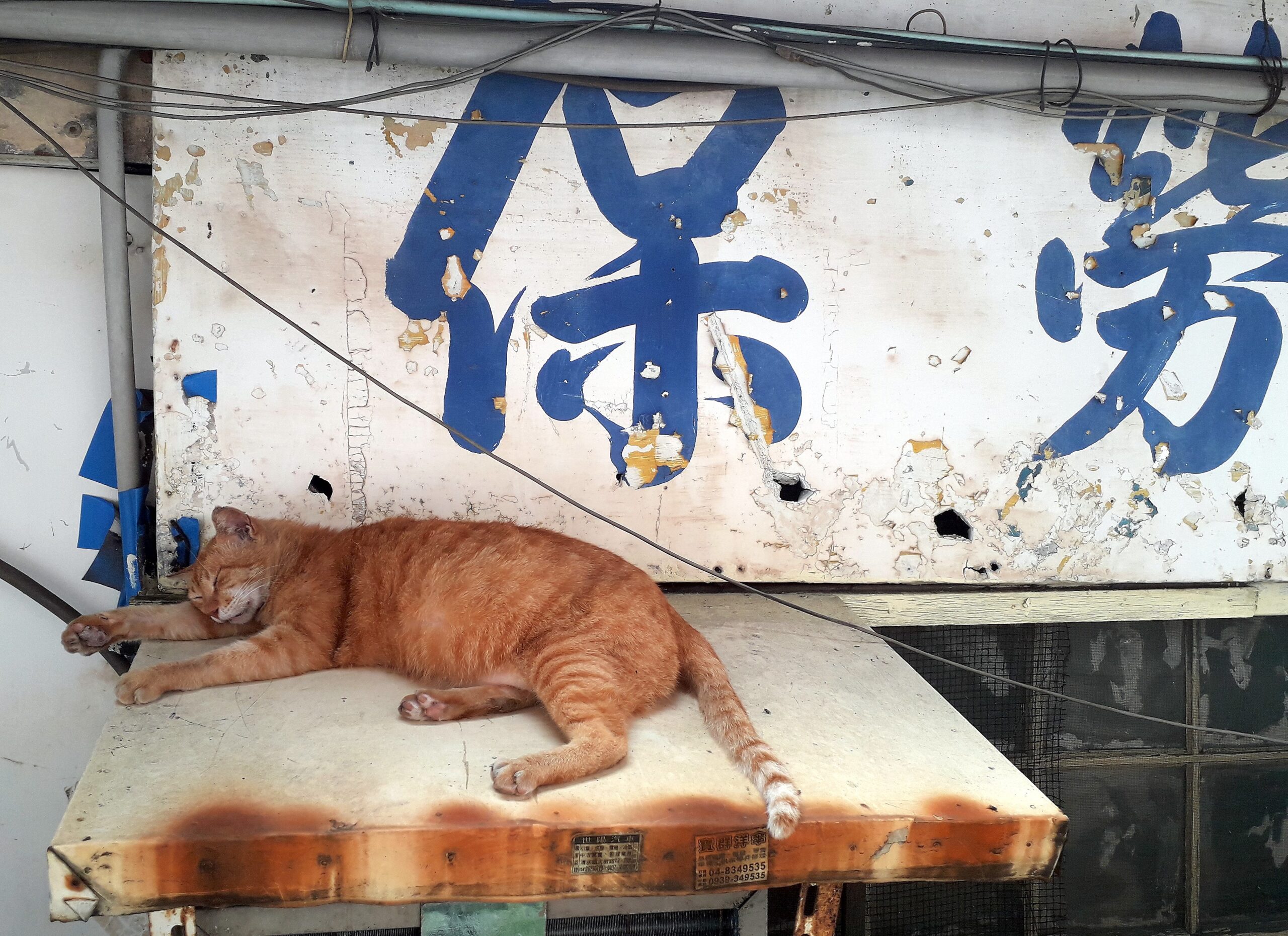Dajia, sometimes spelled Tachia, stands as a focal point of Taiwan’s profound religious heritage, anchored by its renowned temple and an extraordinary annual pilgrimage.

Dajia Jenn Lann Temple
Jenn Lann Temple: A Beacon of Matsu Worship
Jenn Lann Temple proudly claims its status as Taiwan’s wealthiest and most significant shrine dedicated to Matsu, the revered sea goddess. Each spring, preceding the celebration of Matsu’s birthday on the 23rd day of the third lunar month, devoted pilgrims embark on a remarkable nine-day journey alongside the temple’s most venerated Matsu icon. They visit affiliated temples in neighboring counties, believing that touching the palanquin carrying the goddess or positioning themselves beneath it can bestow her blessings. This awe-inspiring event draws millions of participants, with many traversing the entire 300-kilometer round trip, making it one of the world’s largest regular religious gatherings, rivaled only by events in India.
Year-Round Devotion at Jenn Lann Temple
At Jenn Lann Temple, devotion to Matsu is evident every day of the year. Beyond seeking good health and career success, worshippers come here to offer prayers when purchasing new cars or motorcycles. Tradition dictates that these vehicles be brought to the temple’s forecourt, where a shrine attendant circles them with smoldering incense, believed to dispel ill fortune. For those in the know or guided by experts, the temple’s interior is a treasure trove, housing stunning icons, valuable folk art creations, and relics tracing back to the shrine’s founding in the 18th century.

Lin Clan Chastity Memorial
Lin Clan Chastity Memorial: A Testament to Tradition
A short distance from Jenn Lann Temple, the Lin Clan Chastity Memorial honors the life of a woman marked by tragedy and unwavering loyalty. Her story mirrors the deeply ingrained traditional values that persisted in Taiwan well into the 20th century. Erected in 1848, this intricately carved granite archway commemorates a girl given away as an infant by her impoverished parents. Raised in the Lin family with the expectation of marrying the eldest son, her life took a tragic turn when he drowned in a flood at the age of 12. Rather than leaving, she remained with the Lin family for her entire life. To make ends meet, she took on washing and weaving at home. In times of scarcity, she ensured her mother-in-law enjoyed the tastiest morsels while she subsisted on rice gruel. Her fidelity and integrity garnered admiration from her community and local leaders. Imperial officials in distant Beijing, during Taiwan’s Qing Dynasty era (between 1664 and 1895), eventually sanctioned the erection of this memorial. Her dedication led to prayers and offerings continuing even after her passing. Lin’s spirit endures as a rainmaker, with an effigy of her revered inside Jenn Lann Temple.
The Baogong Stone: Seeking Divine Blessings
A few miles outside Dajia, the Baogong Stone, shaped like a phallus, serves as a divine beacon for childless couples seeking assistance in their quest for a child. Devotees believe the stone has a documented history of curing infertility at least a few times each month.

A small-town scene near Dajia
Explore Dajia with Us
Dajia, located within easy reach of Taichung, central Taiwan’s rapidly growing metropolis, offers an ideal one-day or half-day excursion. Given limited public transportation and language barriers, we recommend touring with a car and a knowledgeable driver-guide.
Discover Dajia’s Unique Cultural Heritage
To make the most of your visit to Dajia, Taiwan, or any part of this captivating island, contact us today. Our experienced travel designers are eager to share their expertise and assist you in planning a personalized trip that aligns with your unique preferences and needs.
